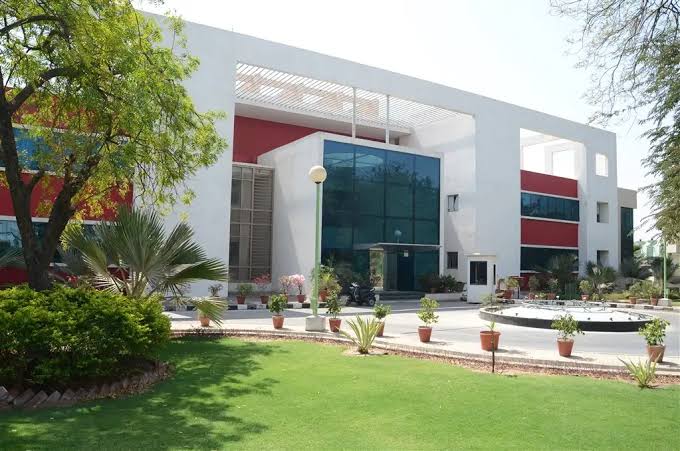Ahmedabad’s based ISRO’s Space Application Center (SAC) had made a total of 11 systems for Chandrayaan 3 including 8 camera systems.
SAC director Nilesh Desai said “We verified the data, and all is functioning perfectly well, so I am proud of our contribution to the mission through the systems that we have made.’
Among 11 systems, 8 are camera systems. Four are placed on four sides of the lander. One camera is placed on the rover which has not been activated yet but it will be soon, and will get images captured by it also. will see how ISRO and Ashok Stambh’s imprints look in images. Those images taken by a lender are not so clear, but Rover will share more details.
Among three other cameras that played the main role, two are main cameras and the third is a redundant camera which is an extra camera to handle the affairs if some defect occurs in the system. The two main cameras are the lender Position Determination Camera (LPDC) and the Lender Hazard Detection and Avoidance (LHDEC) Camera. Their task was to show lat-long with respect to the moon’s total surface. LHDEC was responsible for landing. It would take photographs for landing. We had stored images for comparison. It was a very important camera for correlation. If it had some defect, our algorithm would not work.’
‘We are happy that landing was exactly at the desired place. We had selected a 4 km by 2.4 km area in the southern pole for landing. Among craters and boulders, we had selected a relatively flat area in the middle. We had divided it by 3900 and made sections of 24 by 24 meters and the lander was to be placed in center. I have seen images and we landed 350 meters away from center in x direction and 170 meters away in y direction from the center. So there has been almost 100 percent success of our algorithm and programming that we created at SAC in Ahmedabad, we are especially happy about the achievement in terms of precision and accuracy.’



